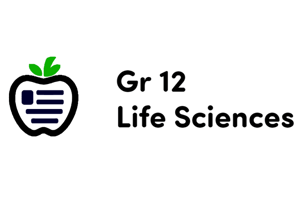Podcast
Questions and Answers
Explain the process of DNA replication based on Chargaff's rules.
Explain the process of DNA replication based on Chargaff's rules.
DNA replication is a semi-conservative process that occurs during cell division. It involves the synthesis of two identical DNA molecules from one original DNA molecule. Chargaff's rules state that in DNA, the amount of adenine (A) is equal to the amount of thymine (T), and the amount of guanine (G) is equal to the amount of cytosine (C). During replication, the double-stranded DNA molecule unwinds, and the two strands separate. Each separated strand serves as a template for the synthesis of a new complementary strand. DNA polymerase enzyme adds nucleotides to the growing strands according to the base-pairing rules (A with T, G with C). This results in the formation of two identical DNA molecules, each with one original strand and one newly synthesized strand.
What are Chargaff's rules and how do they relate to DNA replication?
What are Chargaff's rules and how do they relate to DNA replication?
Chargaff's rules are a set of observations made by Erwin Chargaff about the composition of DNA. They state that in DNA, the amount of adenine (A) is equal to the amount of thymine (T), and the amount of guanine (G) is equal to the amount of cytosine (C). These rules are important in DNA replication because they provide the basis for the complementary base pairing between the original DNA strand and the newly synthesized strand. The base-pairing rules (A with T, G with C) ensure that the genetic information is accurately replicated during cell division.
What is the significance of DNA replication based on Chargaff's rules?
What is the significance of DNA replication based on Chargaff's rules?
DNA replication based on Chargaff's rules ensures the accurate transmission of genetic information from one generation to the next. By following the base-pairing rules (A with T, G with C), DNA replication produces two identical DNA molecules, each with one original strand and one newly synthesized strand. This ensures that the genetic code remains unchanged and allows for the faithful inheritance of traits. Additionally, Chargaff's rules provide a framework for understanding the structure and function of DNA, as well as its role in heredity and evolution.
What are the key characteristics of passive transport?
What are the key characteristics of passive transport?
Compare and contrast diffusion and facilitated diffusion in terms of their mechanisms and factors that affect them.
Compare and contrast diffusion and facilitated diffusion in terms of their mechanisms and factors that affect them.
Explain the concept of osmosis and how it differs from simple diffusion.
Explain the concept of osmosis and how it differs from simple diffusion.
Flashcards are hidden until you start studying




